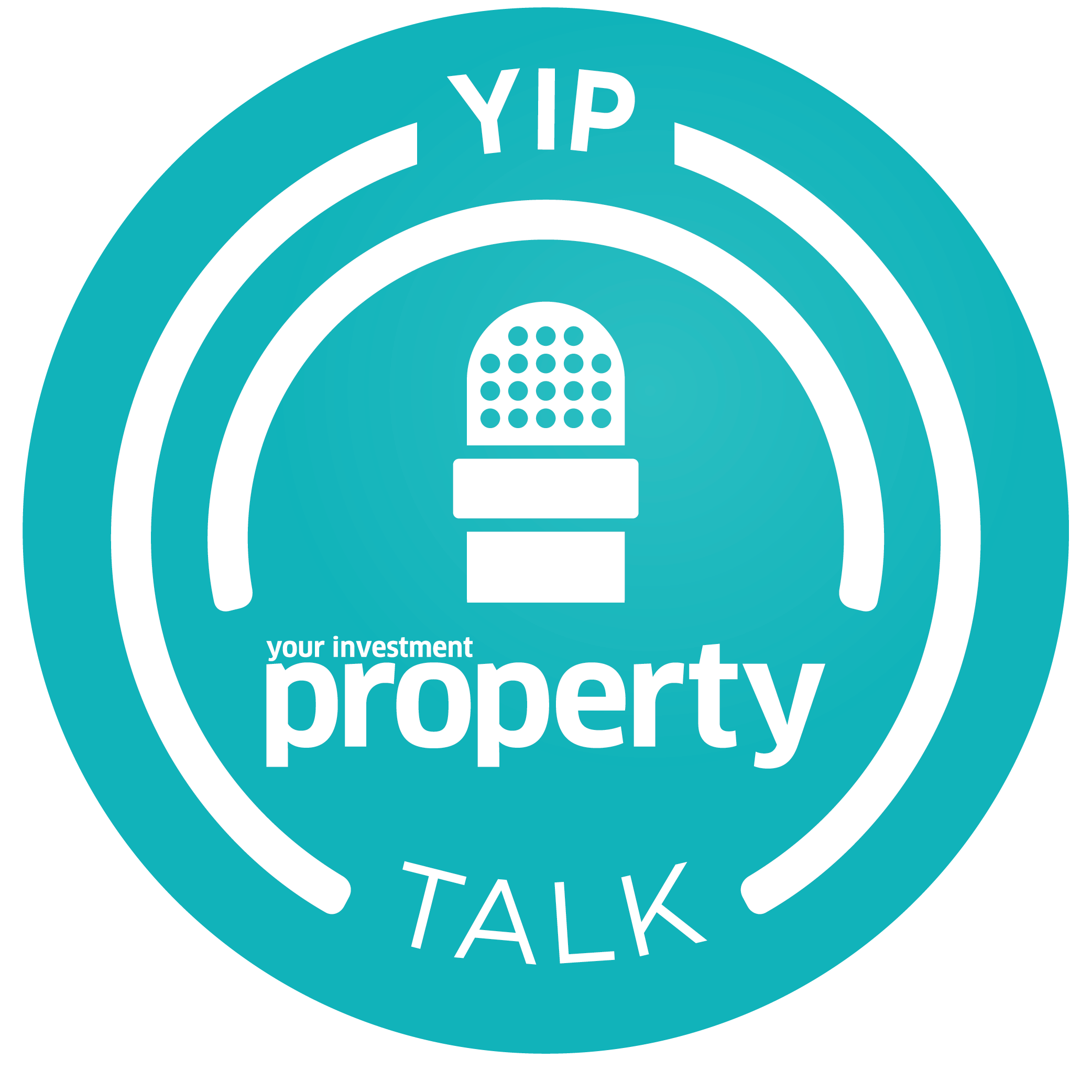Many new entrants to the market are wary of taking this step, however, because they subscribe to some common fears about what investing in this type of property is like.
“People often think commercial is a highly expensive thing that you need a lot of money to get into, but the reality is you can find a property in a capital city for $350,000 – sometimes even less,” explains Rethink Investing director Scott O’Neill.
“Entries don’t need to be high and once people get past that, they start to seriously consider and looking at commercial property for its fundamentals, which is that the cash flow is much better than any residential can give you.”
O’Neill points out that commercial investors can often get more bang for their buck than residential investors can.
“A 7% net yield in on a $300,000-$400,000 commercial property can give you $400 a week in positively-geared cash flow. In residential investing, the best you can expect would be an evenly geared, slightly positively-geared property with maybe $50 a week in your pocket. But then you’re going into poorer quality stocks.”
The key to effectively financing a commercial property is to talk to the right people – not residential property experts, but those who have experience in handling commercial property.
“Find a commercial mortgage broker – there are a lot of residential mortgage brokers that have never written commercial loans, or maybe they only do one every three months. They’re probably not going to let you find the best deal of the day,” O’Neill warns.
“Most lending is in the 70%-80% range – yes, 80% is now coming onto the market more than it used to be. Maybe [lenders] are looking for more market share in this space so it’s a positive sign for the market. I’m seeing interest rates as low as 3%, and I believe that in 2020, we may even see a rate of under 3% for a larger loan.”
To maximise your investment, you can add value to a commercial property by subdividing it to increase equity.
“You might be able to buy a multiple-office space and then split it up to sell off individually. As you sell at a lower price point, those investors have less selection so they tend to pay more for the same rental value, so you can make equity just through making the property more bite-size,” O’Neill explains.
While one of commercial property’s best-known perks is cash flow, O’Neill does warn investors to not forget about growth potential.
“To be sustainable, you want good cash flow but you need growth happening. Even a commercial property that I would recommend still needs a lot of growth nature to it – you’re not going to go out to a very, very regional area to chase a 10% yield because although the yield is 10 out of 10, the growth will be zero on it,” he says.
“Sustainability is always about treating your property portfolio like a business – looking to make as much money in a five-year period because you want to always invest in the long term.”
 Your Investment Property magazine editor Sarah Megginson interviews Scott O’Neill for the YIP Talk podcast, where he shares more myths and misconceptions about LVRs, finance, vacancy rates and capital growth for commercial properties; listen here.
Your Investment Property magazine editor Sarah Megginson interviews Scott O’Neill for the YIP Talk podcast, where he shares more myths and misconceptions about LVRs, finance, vacancy rates and capital growth for commercial properties; listen here.